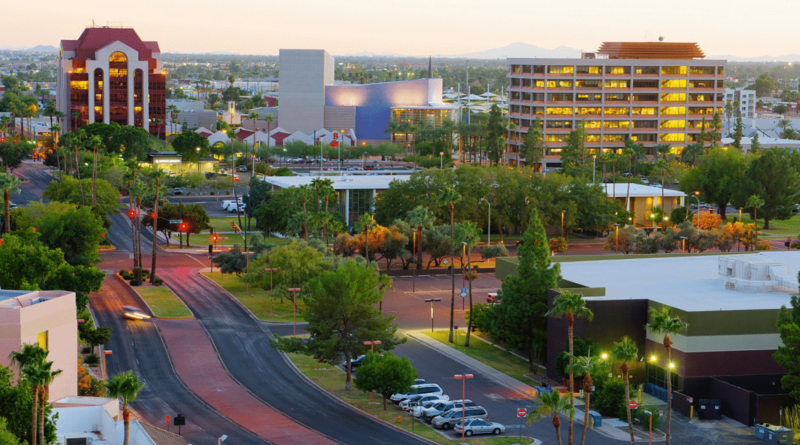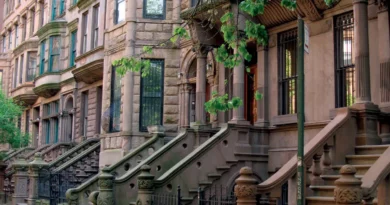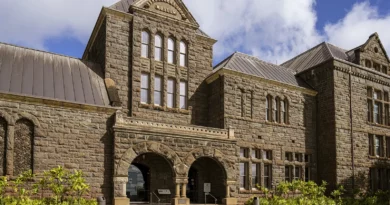History of Mesa Arizona
Mesa, Arizona, the third-largest city in the state, boasts a rich tapestry of history that dates back thousands of years. From its origins as the home of the Hohokam people, who left behind incredible archaeological treasures, to its development into a modern urban center, Mesa’s history is a compelling story of transformation and resilience. This article explores the pivotal moments that have shaped Mesa into the vibrant city it is today.
The Ancient Foundations
Mesa’s story begins with the Hohokam people, who inhabited the area from around AD 1 to 1450. The Hohokam are renowned for their advanced irrigation canals, some of which covered over 500 miles and are still used in some form today. These canals transformed the arid desert into a thriving agricultural landscape, laying the groundwork for future settlements.
Founding and Early Settlement
The modern settlement of Mesa began in the late 19th century when Mormon pioneers led by Daniel Webster Jones moved into the area in 1877. They were followed by another group led by Charles Crismon, George Sirrine, and Francis Martin Pomeroy. These early settlers expanded the original Hohokam canals, using them to establish a sustainable agricultural community.
Mesa’s Incorporation and Growth
Mesa was officially incorporated on July 17, 1883. The arrival of the railroad in the late 19th century spurred further growth, facilitating the export of agricultural products and the import of goods and settlers. The early 20th century saw Mesa evolve from a quiet farming town into a small city with the establishment of schools, churches, and the first library.
Mid-20th Century Developments
World War II marked a significant period in Mesa’s history. The city was the site of Falcon Field, a training base for British Royal Air Force and American pilots. This period brought new infrastructure and a population boost. Post-war, Mesa continued to expand with the suburban housing boom and the establishment of aerospace and electronics industries.
Modern Era
The latter half of the 20th century and the early 21st century have seen Mesa emerge as a major suburban city. It has developed a diverse economy, with healthcare, education, and tourism being major sectors. Institutions like the Polytechnic campus of Arizona State University and the launch of facilities like the Mesa Arts Center in 2005 have cemented its status as a cultural and educational hub.
Cultural Heritage and Tourism
Mesa’s cultural and archaeological sites attract tourists from around the world. The Mesa Grande Cultural Park, home to a preserved Hohokam temple mound, offers insights into the ancient people’s way of life. The Arizona Museum of Natural History and the i.d.e.a. Museum provide educational experiences for all ages.
Challenges and Resilience
Like many cities, Mesa has faced its share of challenges, including economic downturns and the need for urban revitalization. The city’s ability to adapt and grow, however, is evident in its thriving downtown, improved transportation networks, and ongoing development projects.
Conclusion
Mesa’s rich history from ancient times to the present has shaped it into a dynamic and diverse community. With deep historical roots and a forward-looking vision, Mesa continues to be a key player in the cultural and economic landscape of Arizona.
Discover more from City Towner
Subscribe to get the latest posts sent to your email.




